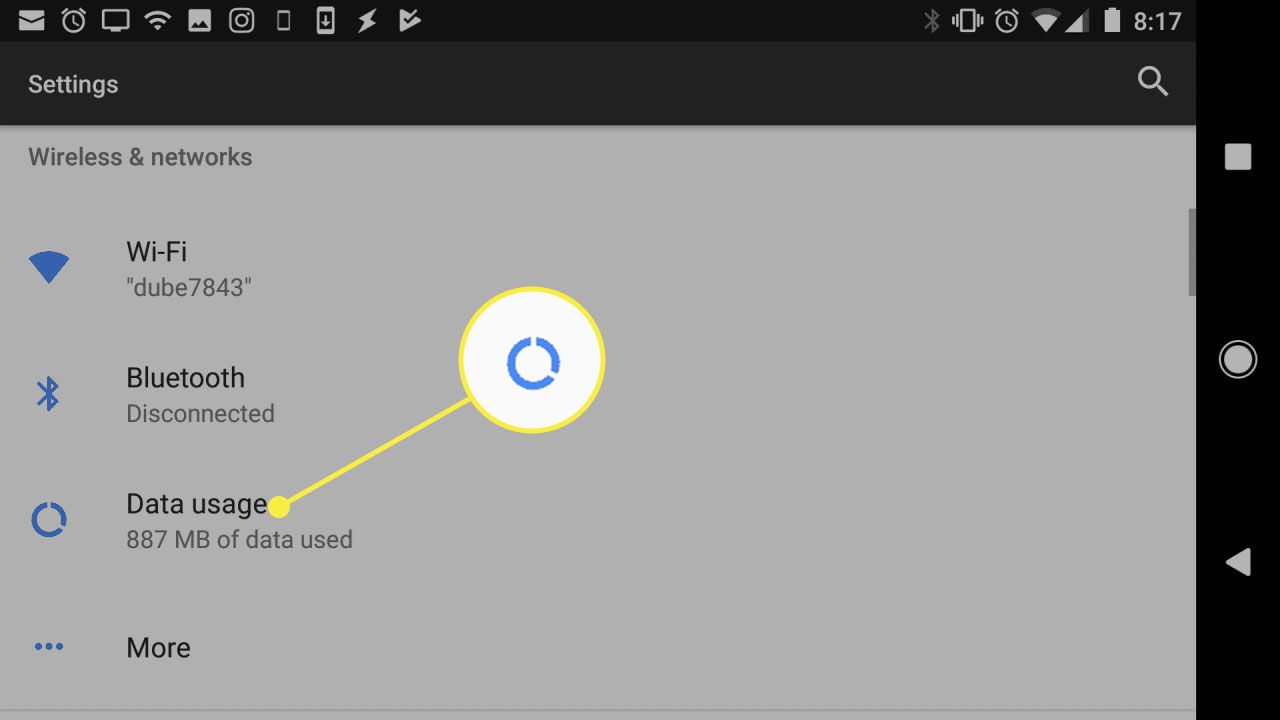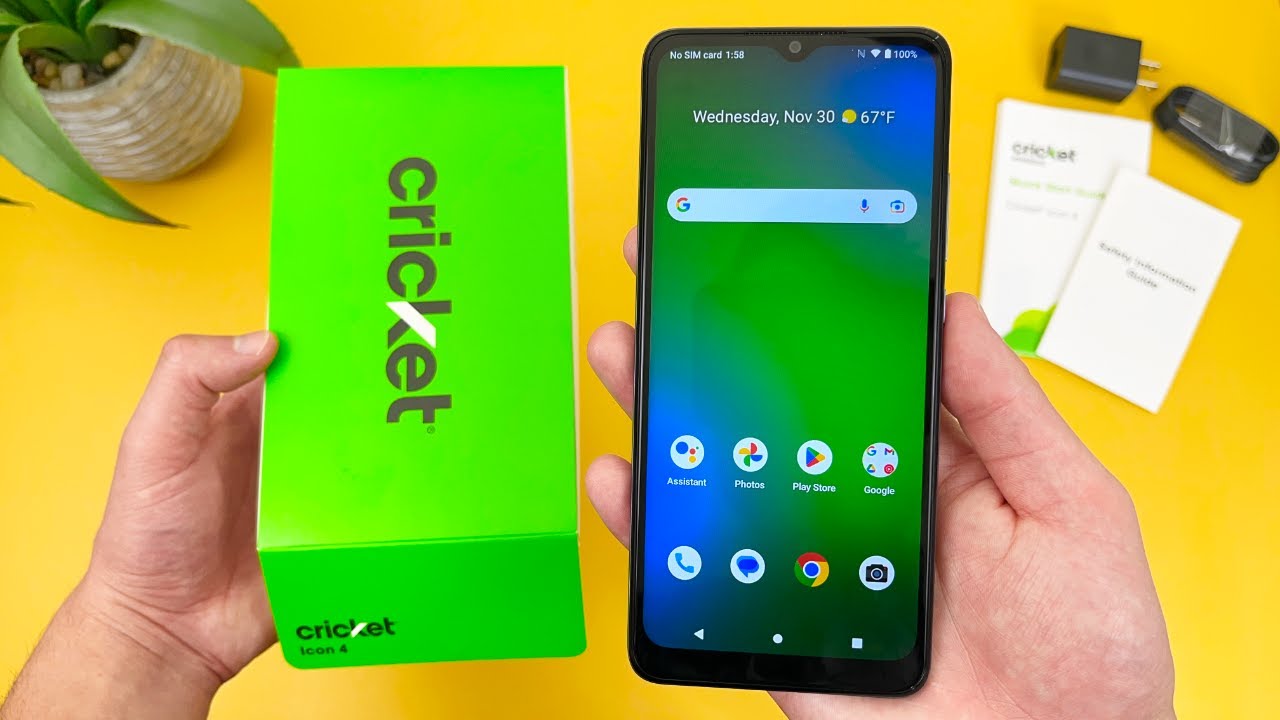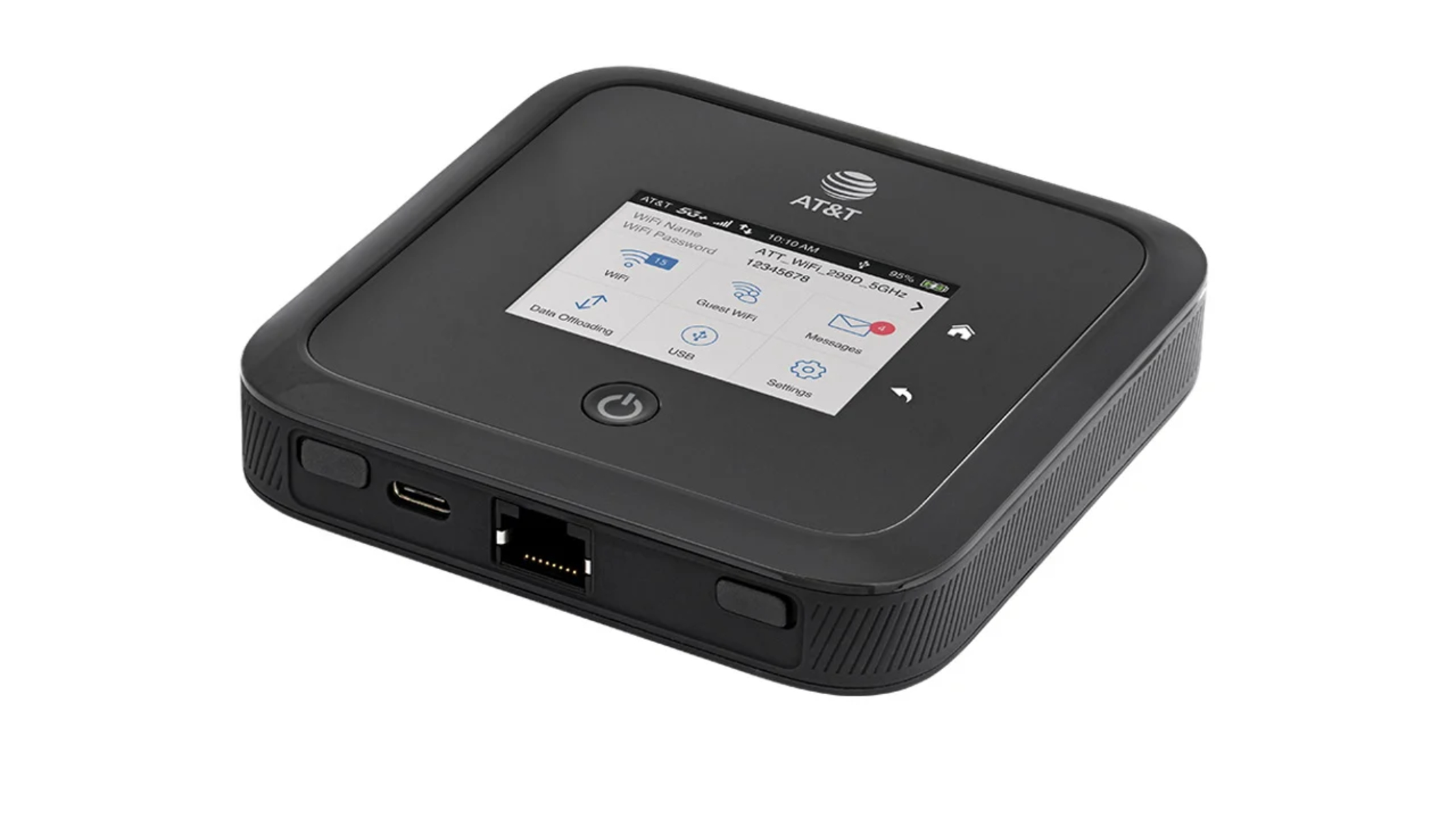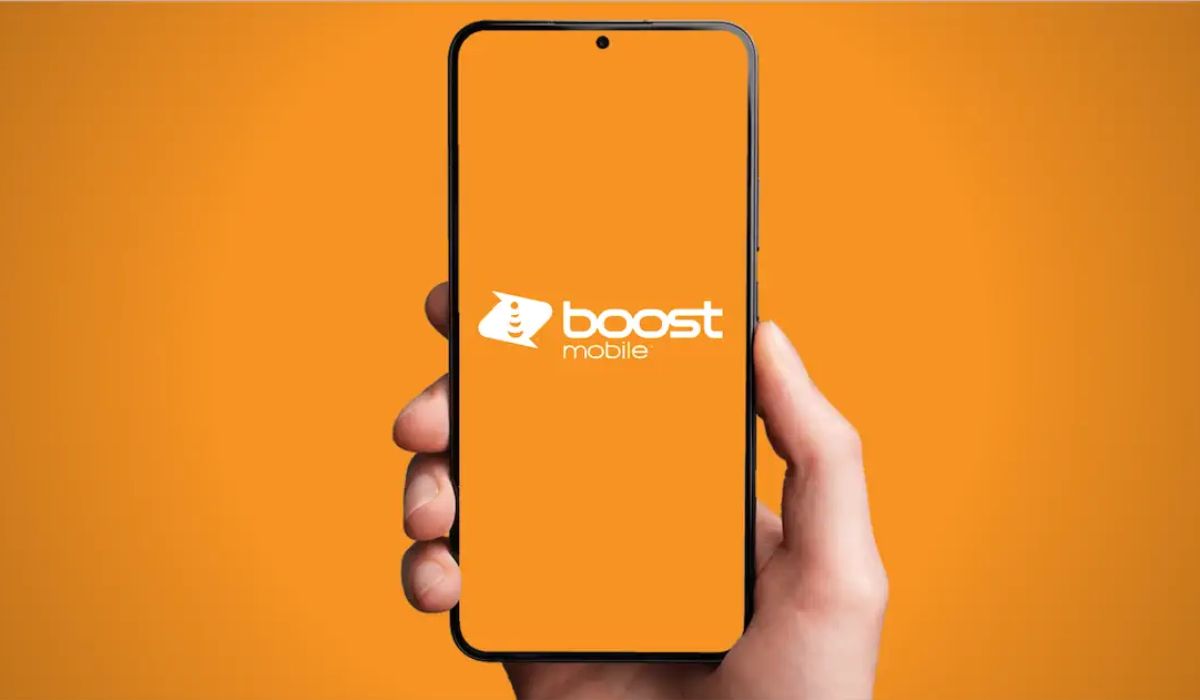Finding Free Hotspots in Public Places
In today's fast-paced world, staying connected is a necessity. Whether you're a student needing internet access for research, a professional working remotely, or a traveler wanting to share your adventures online, finding free hotspots in public places can be a lifesaver. Here are some effective ways to locate these invaluable connectivity spots:
-
Coffee Shops and Restaurants: Many coffee shops and restaurants offer complimentary Wi-Fi to their patrons. These establishments understand the importance of connectivity and provide free hotspots to attract and retain customers. So, the next time you're craving a cup of coffee or a delicious meal, consider visiting a hotspot-friendly establishment.
-
Public Libraries: Libraries are not just havens for book lovers; they also serve as hubs for free internet access. Most public libraries provide free Wi-Fi for visitors, making them ideal spots for studying, working, or simply browsing the web.
-
Parks and Public Spaces: Some cities and towns offer free Wi-Fi in public parks and squares. This initiative aims to enhance the public's outdoor experience by enabling connectivity in natural and recreational settings. So, if you're looking to enjoy the outdoors while staying connected, consider visiting these Wi-Fi-enabled public spaces.
-
Transportation Hubs: Airports, train stations, and bus terminals often provide free Wi-Fi to travelers. This amenity is especially valuable for individuals in transit, allowing them to stay connected while waiting for their next mode of transportation.
-
Retail Stores and Malls: Certain retail stores and shopping malls offer free Wi-Fi to shoppers. This service not only enhances the shopping experience but also enables customers to stay connected while browsing, making purchases, or enjoying leisure time in these establishments.
By being aware of these free hotspot locations, individuals can easily find convenient spots to access the internet without incurring additional costs. Whether you're in need of a quiet place to work, a cozy setting to enjoy a cup of coffee, or a convenient spot to catch up on emails, leveraging free hotspots in public places can significantly enhance your connectivity experience.
Utilizing Free Hotspot Apps and Websites
In the digital age, technology has made it easier than ever to find and access free hotspots through dedicated apps and websites. These platforms offer comprehensive databases of hotspots, enabling users to locate and connect to free Wi-Fi networks with ease. Here's how you can leverage these resources to stay connected on the go:
Free Hotspot Apps:
-
Wi-Fi Finder Apps: These apps are designed to locate nearby Wi-Fi hotspots based on the user's current location. They provide detailed information about the available hotspots, including their signal strength, network provider, and user ratings. Users can filter the results based on proximity and other preferences, making it convenient to find the most suitable hotspot for their needs.
-
Hotspot Directory Apps: These apps offer extensive directories of free hotspots across various locations, making them valuable tools for travelers and individuals seeking connectivity options in unfamiliar areas. Users can search for hotspots by city, neighborhood, or specific venues, ensuring that they can access reliable Wi-Fi wherever they go.
-
Community-Driven Hotspot Apps: Some apps rely on user-generated data to identify and share free hotspot locations. This collaborative approach allows users to contribute to the hotspot database by adding new locations or updating existing entries. As a result, the app's hotspot information remains current and relevant, benefiting the entire user community.
Free Hotspot Websites:
-
Online Hotspot Directories: Websites dedicated to aggregating free hotspot information provide users with a comprehensive overview of available Wi-Fi networks in specific regions or globally. These websites often include user reviews, network speed assessments, and additional details to help users make informed decisions about which hotspots to connect to.
-
Service Provider Websites: Many internet service providers maintain online hotspot locators that allow users to search for and access free Wi-Fi hotspots associated with the provider's network. These websites typically offer maps, search functions, and other tools to help users identify nearby hotspots and connect seamlessly.
-
Community Forums and Discussion Boards: Online communities and forums focused on technology and connectivity often feature discussions about free hotspot locations and tips for accessing them. These platforms serve as valuable resources for individuals seeking firsthand recommendations and insights from experienced users.
By utilizing free hotspot apps and websites, individuals can tap into a wealth of resources to find and connect to Wi-Fi networks without incurring additional costs. These digital tools empower users to stay connected, whether they're navigating a new city, working remotely, or simply looking for convenient connectivity options in their local area.
Taking Advantage of Free Hotspot Offers from Service Providers
In today's digital landscape, many internet service providers recognize the growing demand for connectivity on the go and have responded by offering free hotspot access to their subscribers. These offerings provide a convenient and cost-effective way for individuals to stay connected while leveraging existing network infrastructures. By taking advantage of free hotspot offers from service providers, users can access Wi-Fi in various locations, ranging from cafes and airports to public spaces and retail establishments. Here's how you can make the most of these offerings:
Subscribed Services:
When individuals subscribe to internet services from leading providers, they often gain access to a network of free hotspots associated with the provider's infrastructure. By logging in with their subscriber credentials, users can seamlessly connect to these hotspots, enjoying reliable internet access without consuming their cellular data. This benefit is particularly valuable for individuals who frequently travel or work remotely, as it allows them to stay connected across different locations within the provider's coverage area.
Hotspot Locator Tools:
Many service providers offer online hotspot locators or mobile apps that enable users to find and connect to free hotspots within their network. These tools typically include interactive maps, search functionalities, and filters to help users identify nearby hotspots based on their current location or specific preferences. By utilizing these locator tools, subscribers can easily discover and access free Wi-Fi in their vicinity, whether they're at a coffee shop, airport, or public venue.
Seamless Roaming:
Some service providers offer seamless roaming capabilities, allowing subscribers to automatically connect to available hotspots without the need to manually log in each time. This feature enhances the user experience by ensuring uninterrupted connectivity as individuals move between different hotspot locations. Whether users are commuting, running errands, or exploring new neighborhoods, seamless roaming simplifies the process of accessing free Wi-Fi within the provider's network.
Value-Added Benefits:
In addition to free hotspot access, service providers may offer value-added benefits to subscribers, such as enhanced security features, priority bandwidth allocation, and customer support for hotspot-related inquiries. These perks contribute to a more comprehensive and satisfying connectivity experience, reinforcing the advantages of leveraging free hotspot offers from service providers.
By capitalizing on free hotspot offers from service providers, individuals can tap into a network of reliable and accessible Wi-Fi options, reducing their reliance on cellular data and expanding their connectivity opportunities in diverse settings. This approach aligns with the evolving needs of modern consumers, who prioritize seamless and cost-efficient access to the internet while on the move.
Using Hotspot Sharing Features from Friends and Family
In addition to public hotspots and service provider offerings, individuals can leverage the hotspot sharing capabilities of their friends and family members to access free Wi-Fi connectivity. This collaborative approach allows users to tap into existing networks and share connectivity resources, enhancing their ability to stay connected in various environments.
When individuals are in the vicinity of friends or family members who have established Wi-Fi networks, they can inquire about the possibility of accessing these networks through hotspot sharing features. This process typically involves requesting the network credentials from the network owner and connecting to the Wi-Fi network using the provided information. By doing so, individuals can benefit from free Wi-Fi access without relying solely on public hotspots or their cellular data plans.
Hotspot sharing among friends and family members fosters a sense of community and mutual support, as individuals can help each other stay connected in different settings. Whether it's during social gatherings, travel experiences, or collaborative work sessions, the ability to share hotspots enables seamless connectivity and enhances the overall user experience.
Moreover, modern smartphones and devices are equipped with hotspot tethering capabilities, allowing users to create portable Wi-Fi hotspots that can be shared with others. In scenarios where friends or family members are in need of internet access, individuals can enable hotspot tethering on their devices and provide temporary Wi-Fi connectivity to those in their vicinity. This feature is particularly useful in situations where individuals are in areas with limited or no access to public hotspots, as it enables them to create ad-hoc connectivity solutions for themselves and others.
By utilizing hotspot sharing features from friends and family, individuals can expand their connectivity options, reduce reliance on cellular data, and foster collaborative relationships centered around mutual support and shared resources. This approach underscores the significance of leveraging existing networks and interpersonal connections to enhance connectivity in diverse settings, reflecting the evolving dynamics of modern connectivity practices.
Exploring Alternative Methods for Free Hotspot Access
In addition to traditional approaches for accessing free hotspots, individuals can explore alternative methods to enhance their connectivity options without incurring additional costs. These unconventional strategies leverage innovative technologies and community-driven initiatives to provide users with diverse avenues for accessing free Wi-Fi. By embracing these alternative methods, individuals can expand their connectivity horizons and adapt to dynamic connectivity landscapes.
Community Hotspot Initiatives
Community-driven hotspot initiatives have gained traction in various regions, aiming to bridge the digital divide and provide equitable access to the internet. These initiatives involve the establishment of community hotspots in public spaces, neighborhood centers, and communal areas, offering free Wi-Fi to residents and visitors. By collaborating with local organizations, businesses, and government entities, communities can create robust hotspot networks that cater to the connectivity needs of diverse populations. This grassroots approach not only fosters inclusivity but also empowers individuals to stay connected within their communities.
Mobile Hotspot Sharing Platforms
Emerging mobile hotspot sharing platforms enable users to share their internet connections with others, creating dynamic networks of shared connectivity. Through these platforms, individuals can offer their unused data allowances as free hotspots for fellow users, promoting a culture of collaborative connectivity. This innovative sharing model leverages the collective resources of participants, allowing individuals to access free Wi-Fi while contributing to the shared pool of connectivity. By embracing mobile hotspot sharing platforms, users can tap into an evolving ecosystem of community-driven connectivity solutions.
Wi-Fi Mesh Networks
Wi-Fi mesh networks represent a decentralized approach to connectivity, wherein interconnected nodes collaborate to extend Wi-Fi coverage across expansive areas. This technology allows individuals to participate in creating localized networks, enabling them to access free hotspots within the mesh network's coverage area. By deploying mesh network nodes in strategic locations and leveraging open-source mesh networking protocols, individuals can contribute to the expansion of free Wi-Fi access in their communities. Wi-Fi mesh networks exemplify a collaborative and scalable approach to fostering ubiquitous connectivity without traditional infrastructure constraints.
Ad-Supported Hotspot Models
Some innovative hotspot providers have adopted ad-supported models, where users gain access to free Wi-Fi in exchange for engaging with targeted advertisements or sponsored content. By interacting with these promotional materials, individuals can access free hotspots supported by advertising revenue, creating a symbiotic relationship between users and advertisers. This approach not only offers users cost-free connectivity but also enables businesses to reach their target audiences in a contextually relevant manner. Ad-supported hotspot models present a creative and mutually beneficial strategy for providing free Wi-Fi access in diverse settings.
By exploring these alternative methods for free hotspot access, individuals can embrace innovative approaches to connectivity and adapt to evolving connectivity landscapes. These unconventional strategies underscore the dynamic nature of modern connectivity solutions, emphasizing the role of community collaboration, technological innovation, and sustainable models in expanding access to free Wi-Fi.

























